Name Rosemarie Koczy | ||
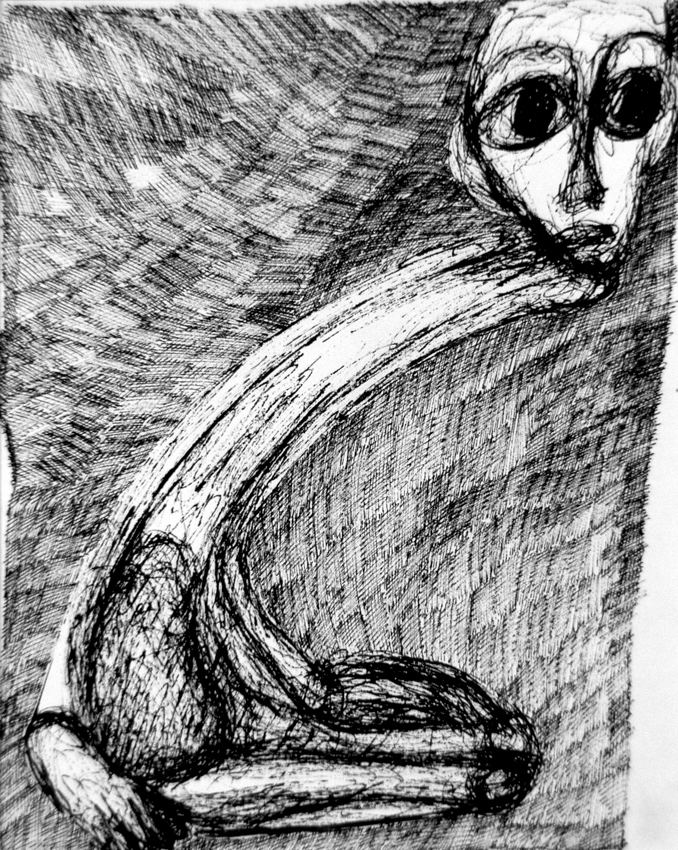 | ||
Died December 12, 2007, Croton-on-Hudson, New York, United States Education Ecole nationale superieure des arts decoratifs | ||
Rosemarie Inge Koczy ((1939-03-05)March 5, 1939 – December 12, 2007(2007-12-12) (aged 68)) was an artist, teacher, and Holocaust survivor, known for her many works dealing with the topic. She compiled a memoir that has been published in 2009 by Queensborough Community College and the City University of New York Art Gallery and Museum.[1]
Contents
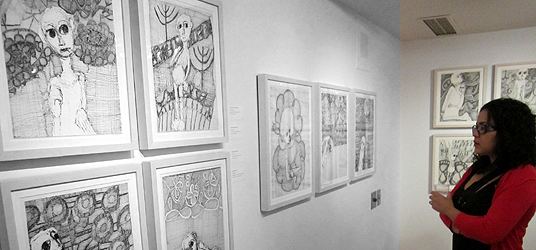
Her life
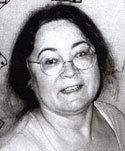
Koczy was born March 5, 1939, in Recklinghausen, Germany, the eldest daughter of Martha Wusthoff and Karl Koczy, both Jews. She was deported in 1942 at the age of 3 and survived two concentration camps, first at Traunstein (Dachau) and then at Ottenhausen (Struthof). Fifty years after the war’s end she wrote of that time:
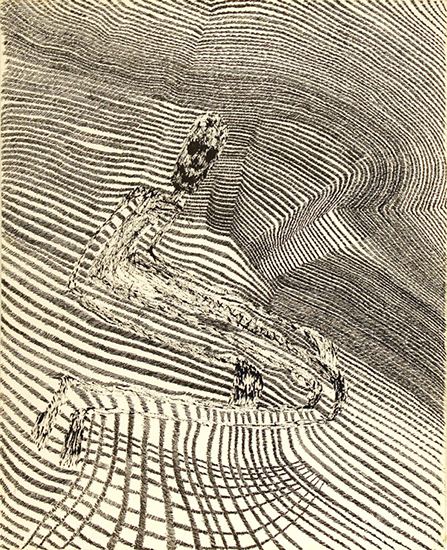
We worked in the fields every day. I saw the killings, the shavings, the bleachings, the torture and hunger, the cold, typhus, tuberculosis. Death was all around!
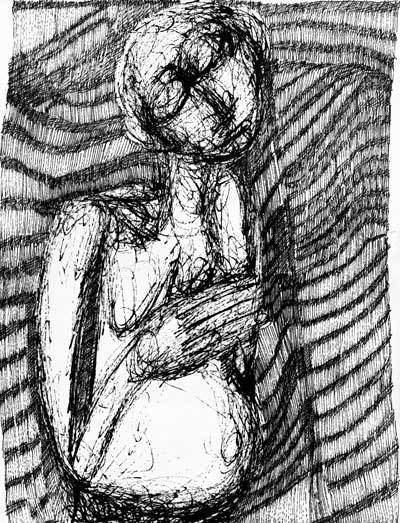
Remaining at Ottenhausen for several years after its liberation in 1945, she was raised afterwards by her maternal grandparents, her mother briefly and several foster families and orphanages.

In 1959 Koczy left Germany for Geneva, Switzerland. She was accepted into the Ecole des Arts Decoratifs in 1961, where she received her diploma with distinction four years later.
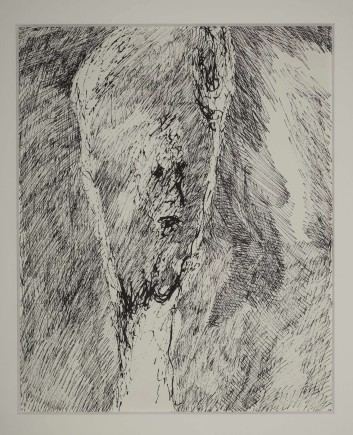
Koczy’s first marriage (which brought her Swiss citizenship) ended in divorce. She married composer Louis Pelosi, whom she had met at the MacDowell Colony, in 1984. She became an American citizen in 1989.
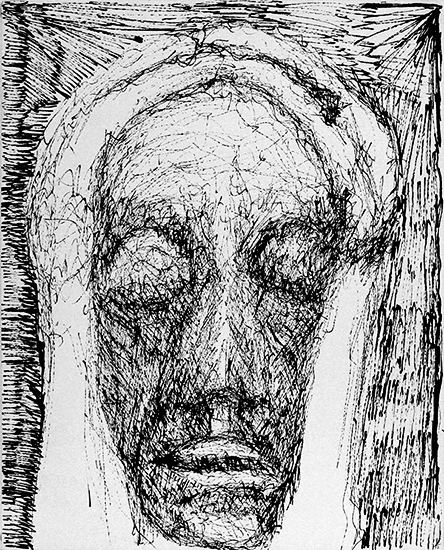
Koczy created a community art school outside of Geneva in the 1970s and in Croton-on-Hudson, New York, where she taught privately over the last twenty years of her life. After 1995 she gave free lessons to elderly and disabled residents of Maple House in Ossining, where she supplied materials, arranged shows and acquisitions (many by her and her husband). The couple also hosted annual art and music gatherings in their home for many years.
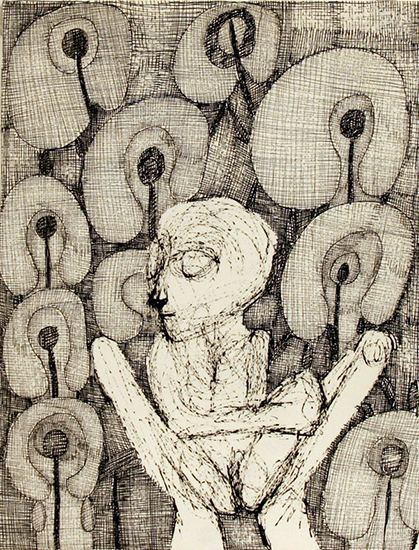
She died December 12, 2007, in Croton-on-Hudson, New York.
Her art
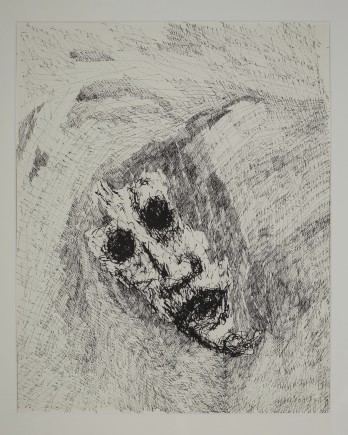
Concentrating upon tapestry, she mounted two solo museum exhibitions in Geneva (1970 and 1979); she produced more than seventy fiber works in fifteen years. A chance encounter with Peggy Guggenheim in Venice in 1972 led to friendship and the commissioning of a tapestry. She also made contact with director Thomas Messer of the Solomon R. Guggenheim Museum.
In the mid 1970s she began her works dealing with the Holocaust. In 1980, Koczy accepted a fellowship to the MacDowell Colony and had begun to create pen-and-ink drawings memorializing the victims of the Shoah, which numbered over 12,000 at the time of her death from cancer. In her later years Koczy insisted they be shown only accompanied by a statement in English, French, and German which begins:
“The drawings I make every day are titled ‘I Weave You A Shroud.’ They are burials I offer to those I saw die in the camps.”
She also completed hundreds of paintings, wood sculptures, and other works on the subject.
She was the first female recipient of the Francis Greenburger Award, chosen and presented by Thomas Messer at the Guggenheim in 1986.
Koczy’s work is housed in institutions such as the Guggenheim (both in New York and Venice), the Illinois Holocaust Museum and Education Center, the Milwaukee Art Museum, the Kupferberg Holocaust Resource Center and Art Gallery/Museum, the Collection de l'art brut in Lausanne (where in 1985 she inaugurated Jean Dubuffet’s Neuve Invention Annex), Museum im Lagerhaus in St. Gallen, Museum Charlotte Zander in Bonnigheim (Germany), Galerie Miyawaki in Kyoto (Japan), Kunsthalle Recklinghausen, the Gedenkstatte Buchenwald, Musée de la Création Franche in Begles (France), Museum Dr. Guislain in Gent Belgium) and Yad Vashem, the Israeli Holocaust Memorial Museum in Jerusalem (which in 2007 accepted her largest sculpture, Deportation of the Children, into its permanent collection).
Of her art, Goya scholar Fred Licht has written:
Koczy’s drawings have a moral aspect… One receives the impression that she feels it her duty to execute (them), and duty cannot exist without a sense of moral responsibility.
Outsider art critic Roger Cardinal (Raw Vision, no. 63) recalled:
I once saw a wall display of several dozen of these images... The combination of ceaseless proliferation and searing emotion made an impact that struck to the very core of human feeling.
Thomas Messer wrote:
Koczy’s art, in the last analysis, speaks to us through formal authority and through convincing resolution, leaving us thereby in a state of catharsis, uplifted and hopeful.
